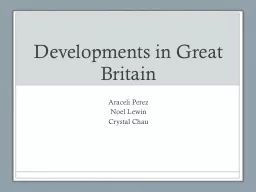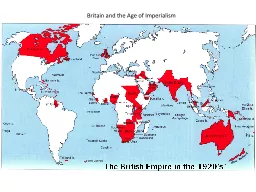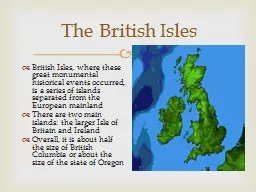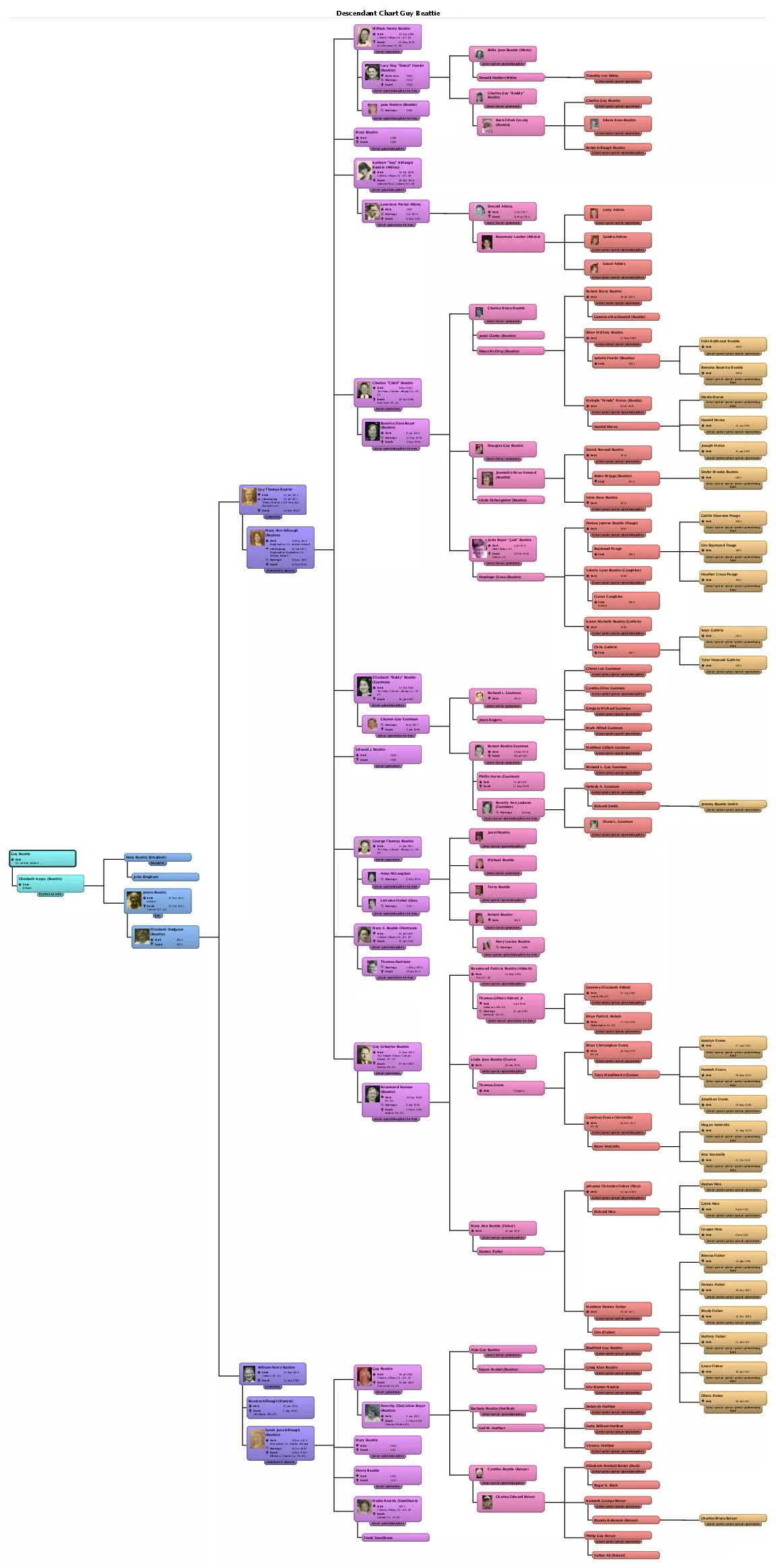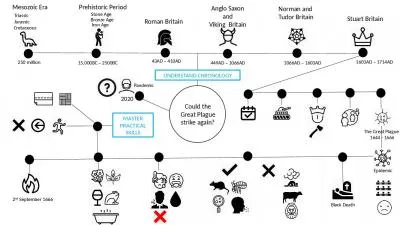PPT-Developments in Great Britain
Author : danika-pritchard | Published Date : 2017-09-19
Araceli Perez Noel L ewin Crystal Chau Prompt Discuss three developments that enabled Great Britain to achieve a dominant economic position between 1700 and 1830
Presentation Embed Code
Download Presentation
Download Presentation The PPT/PDF document "Developments in Great Britain" is the property of its rightful owner. Permission is granted to download and print the materials on this website for personal, non-commercial use only, and to display it on your personal computer provided you do not modify the materials and that you retain all copyright notices contained in the materials. By downloading content from our website, you accept the terms of this agreement.
Developments in Great Britain: Transcript
Download Rules Of Document
"Developments in Great Britain"The content belongs to its owner. You may download and print it for personal use, without modification, and keep all copyright notices. By downloading, you agree to these terms.
Related Documents

